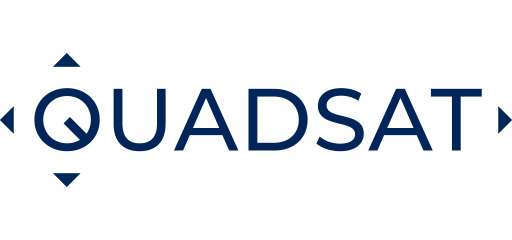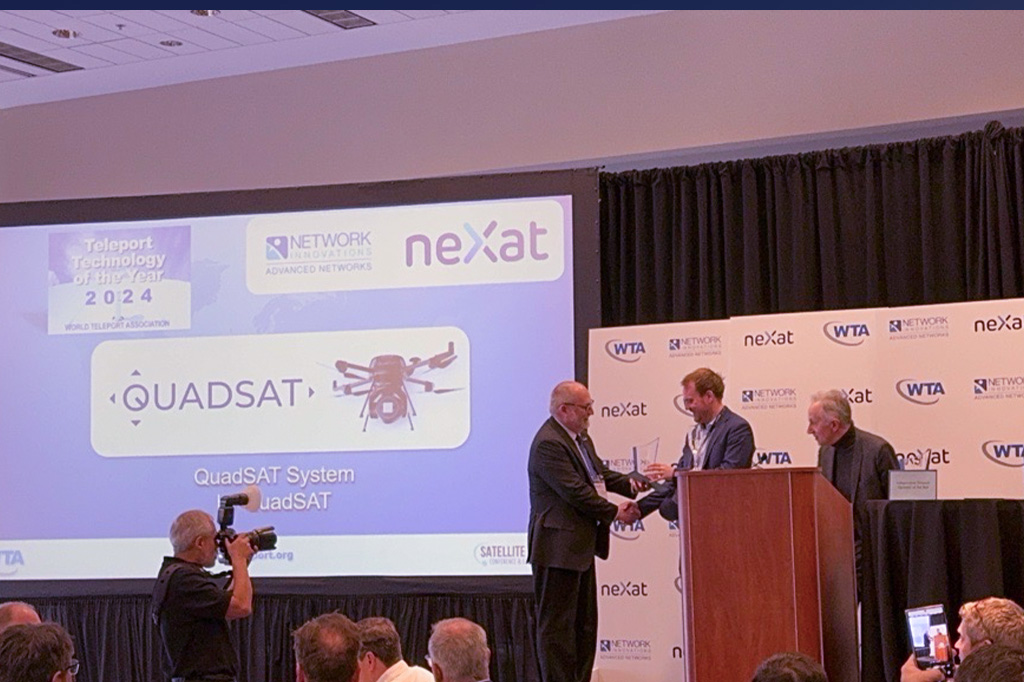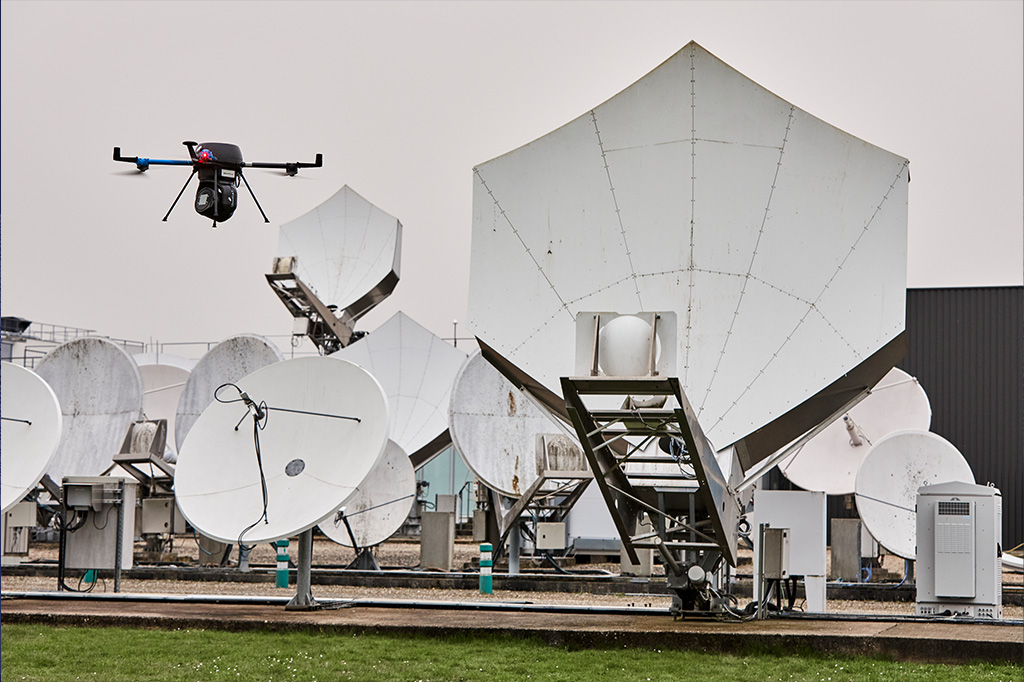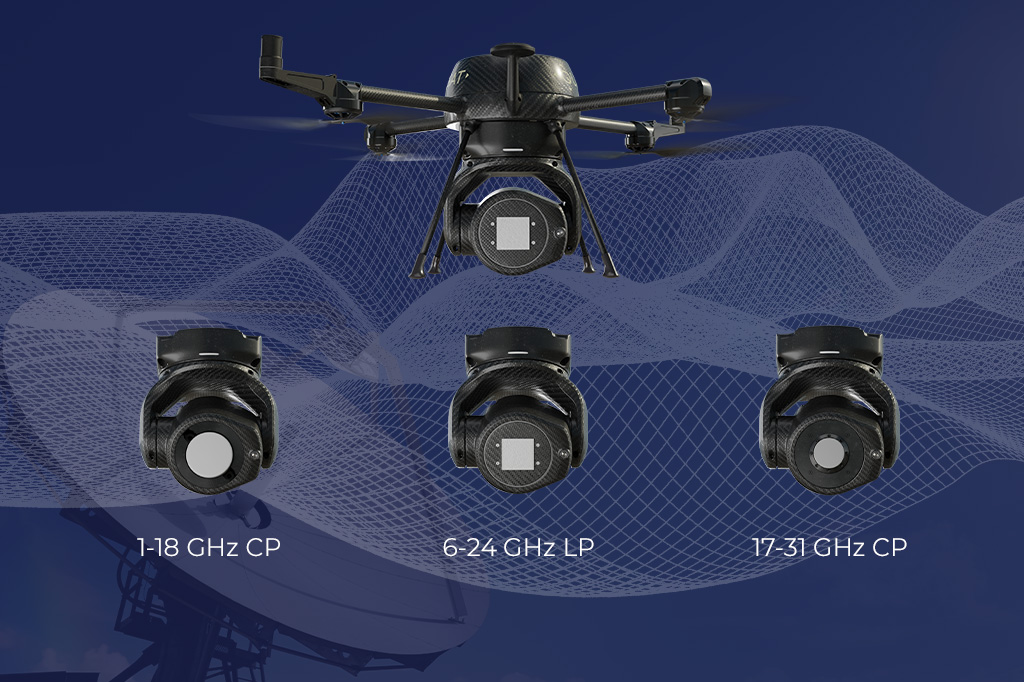By Joakim Espeland, CEO, QuadSAT
Satcoms is changing. There are more satellites in the sky than ever before, with more than 200 companies planning to launch more than 100 000 satellites over the next decade, space will have the new digital infrastructure around our planet. Reliability and robustness are changing from niche and nice to have to need to have. Autonomous cars, delivery drones and IOT require an RF interference-free environment as well as full operational confidence to exist.
Here are 3 ways in which drones are overhauling testing within satcom to tackle this:
1. Access to testing
Access to testing can be a challenge, both logistically and from a cost perspective. It is also difficult to recreate environmental conditions. If we can increase and improve access to tests, it will be a game-changer for the space industry. Satellite operators use test data to make link calculations and test in situ antenna performance to increase operational performance. For antenna manufacturers, testing is vital in order to prove compliance according to regulatory standards. At the same time, they need to increase efficiency in R&D and factory testing and drones could help them do that. Drones move the testing systems to the antenna, as opposed to the antenna having to move to the test site. This means accurate on-site testing, allowing for true to life readings.
2. Changes in requirements
LEO and MEO constellations are delivering new challenges to the industry, and we know that the industry is going to need to adapt its testing methods to reflect this. It is important that new performance requirements come in place for the next generation of satellite constellations and ground segments. LEO satellites move across the sky and the ground segment must be able to track them in order to remain in contact. This is incredibly different to GEO satellites which remain ‘static’ in the view of the ground segment. Antenna labs and test ranges haven’t been designed to suit LEO and therefore antenna manufacturers need testing methods to validate and test their systems. Drones are stepping into this role and offering analysis by having test equipment moving freely in three dimensions.
3. The cost of maintenance
There have always been high costs associated with maintaining a testing regime. However, without testing regimes antenna performance can degrade and become problematic and RF interference can occur. Testing and calibration are core to satcom operations at the ground segment and therefore it needs to be as cost-effective as possible. Beyond the obvious logistical benefits, performing on-site testing through drone technology reduces both the cost of testing and the cost of downtime. This improves accessibility to testing and allows teleport operators to have access to better testing regimes. Ground segments across all sectors, including comms on the move, benefit from the convenience of on-site, low-cost testing.
Read my article in Test and Test Houses for an in-depth look at how drones are transforming testing.



